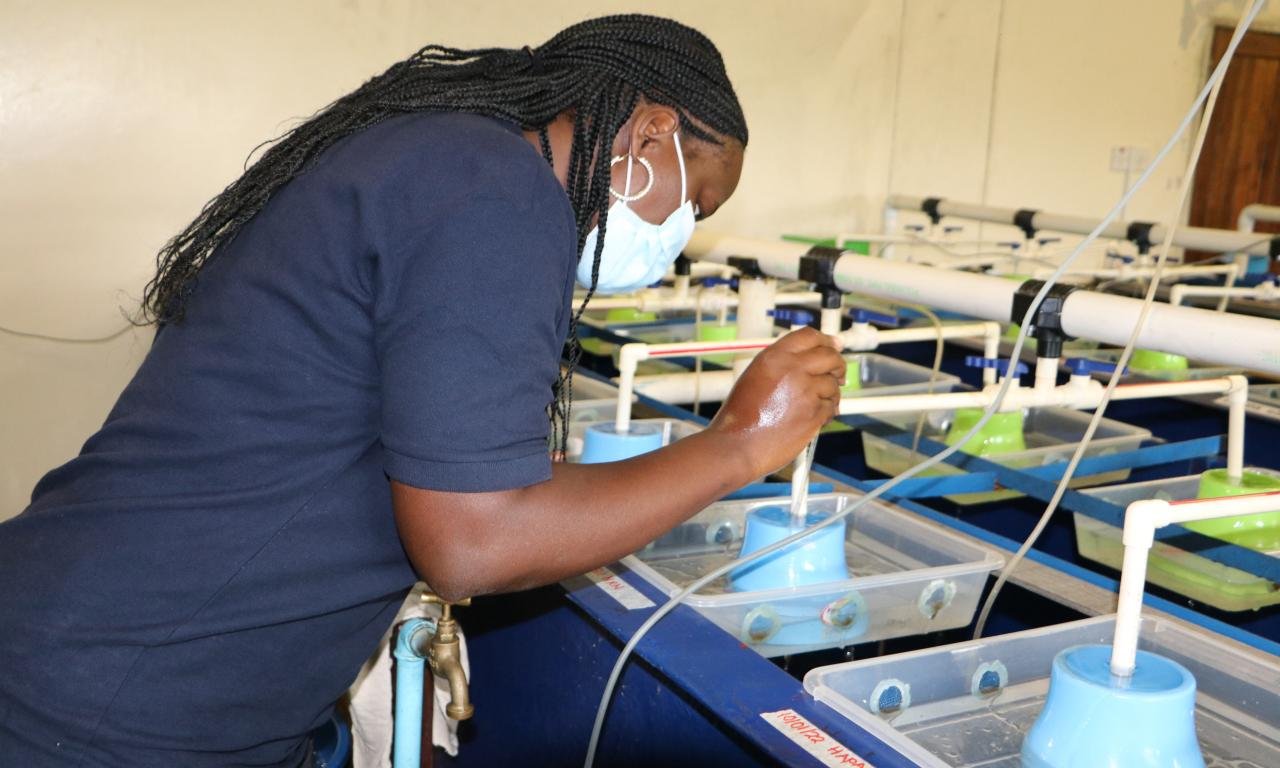Thursday, 13 November 2025

Image Source: WorldFish
Zambia’s aquaculture sector is witnessing a quiet revolution—rooted not in imports or intensive capital, but in indigenous science-led breeding. At the heart of this shift is the improved Kafue bream, a fast-growing native Tilapia species now reaching its third generation at the National Aquaculture Research and Development Centre (NARDC) in Kitwe.
Spearheaded by WorldFish in collaboration with the Zambian government and supported by the African Development Bank through SADC, the Genetic Improvement Program (GIP) has exceeded performance expectations—achieving a 12.6 per cent growth gain in the very first generation, well above its 7.5 per cent target. The result: faster harvests, lower input costs, and higher incomes for thousands of Zambian smallholders.
From its inception, the GIP was designed for longevity. WorldFish’s technical and financial support—continuing even beyond official project timelines—has been pivotal to building national breeding capacity. Structured family-based breeding using genotyped, disease-free broodstock, PIT-tagging for traceability, and new hatchery infrastructure has transformed NARDC into a regional model for climate-resilient aquaculture.
Now, 69 private hatcheries and 18 government-run hatcheries are being equipped to deliver improved fingerlings to nearly 20,000 farmers. With smart seed distribution, targeted training, and deep government-science coordination, the GIP stands out not just as a genetics initiative, but as a blueprint for inclusive, scalable aquaculture in Africa.
As Zambia scales up this indigenous fish innovation, the future of food security—and farmer prosperity—may just be swimming in the Kafue.